Following in the footsteps of Caspar David Friedrich – that sounds like a somewhat sedate travel recommendation. But for the year 2024, Saxony has put together a brilliant and varied cultural program of the traces left by the most important painter of the Romantic period in Dresden and the surrounding area. 2024 marks the 250th anniversary of the birth of the painter, who became world-famous for his landscape paintings such as Chalk Rocks on the Island of Rügen, The Wanderer over the Sea of Fog and Two Men Contemplating the Moon. He spent the longest and most productive period of his life in Dresden and the surrounding area. His works are images of longing that touch people to this day. On social media, his pictures are liked and shared. Yet Friedrich was a slow traveler and also a slow painter. The cursory viewing of his images on Instagram & Co. would probably not have pleased him. On the other hand, he would rub his eyes in wonder at his fame today. For Caspar David Friedrich died ill, impoverished and almost forgotten. His paintings tell of a fateful connection between man and nature, and they also reveal something about the painter’s life and the times in which he lived.
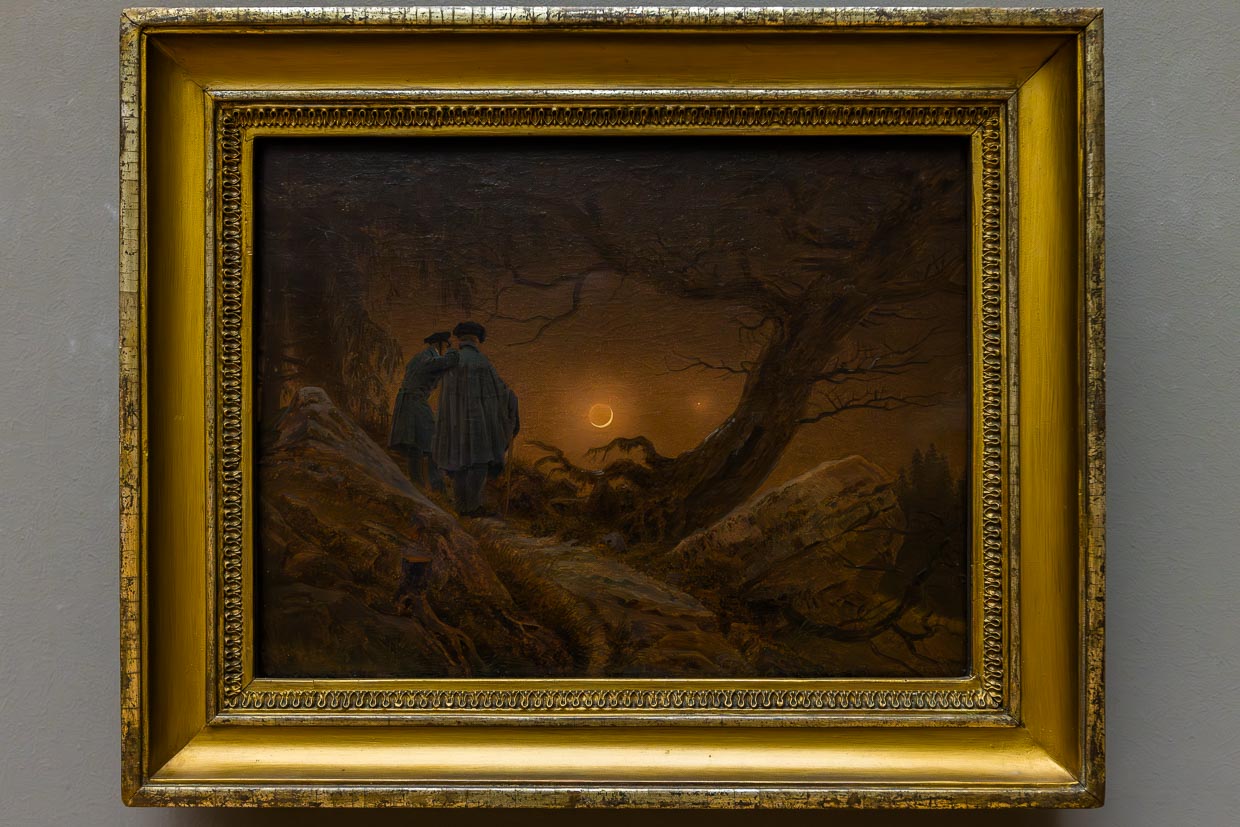
Encounters with CDF
In 2024, the city of Dresden and Saxon Switzerland will offer the opportunity to encounter Caspar David Friedrich, or CDF for short, in a variety of ways and to get a picture of the man and artist, his sources of inspiration, and a time in transition. The special exhibition Where It All Began by the Dresden State Art Collections in the Albertinum and the Kupferstich-Kabinett in the Residenzschloss is the cultural highlight of the anniversary year. The whole thing is flanked by guided tours and workshops. On curated walking trails, visitors will encounter the motifs of his sketches. A rock formation in the Elbe Sandstone Mountains, a pine tree crippled by wind and weather, a boulder, a monastery ruin and much more were sketched by CDF on long hikes and often only integrated into paintings years later in his sparse studio at northern lights.
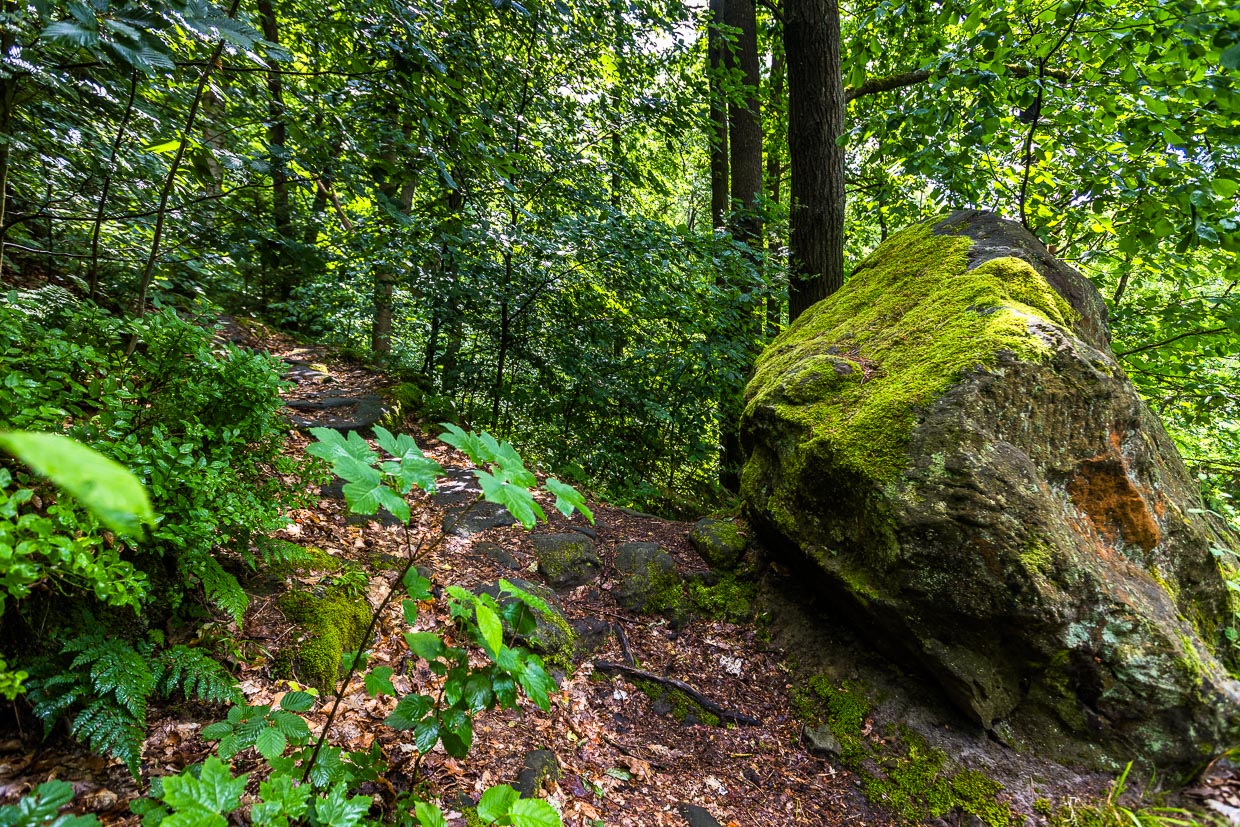
Radically subjective and precise at the same time
When Caspar David Friedrich came to Dresden from Copenhagen in 1798, he found a lively art scene. He is considered, as one would say today, well-connected, yet remains a loner. Over the years, he increasingly set himself apart from his colleagues. Traditions and role models lose their importance for him. He goes out of fashion, his paintings are considered boring, and he never gains a foothold as a lecturer at the Dresden Art Academy. Students find him difficult to understand and prefer to enroll with other teachers. In 1817, even the influential Goethe criticized Friedrich and Romantic painting. But he remains true to his motto that the artist can only create something significant from within himself. Thus, while painting, CDF listens to himself, sees the pictures in his inner eye, and paints landscapes that do not exist at all, but which have an enormous accuracy due to his sketches. From this interplay of subjectivity and precision, works such as the Wanderer over the Sea of Fog, the Great Enclosure or the Bohemian Landscape with Milleschauer Mountain gain their special charisma.
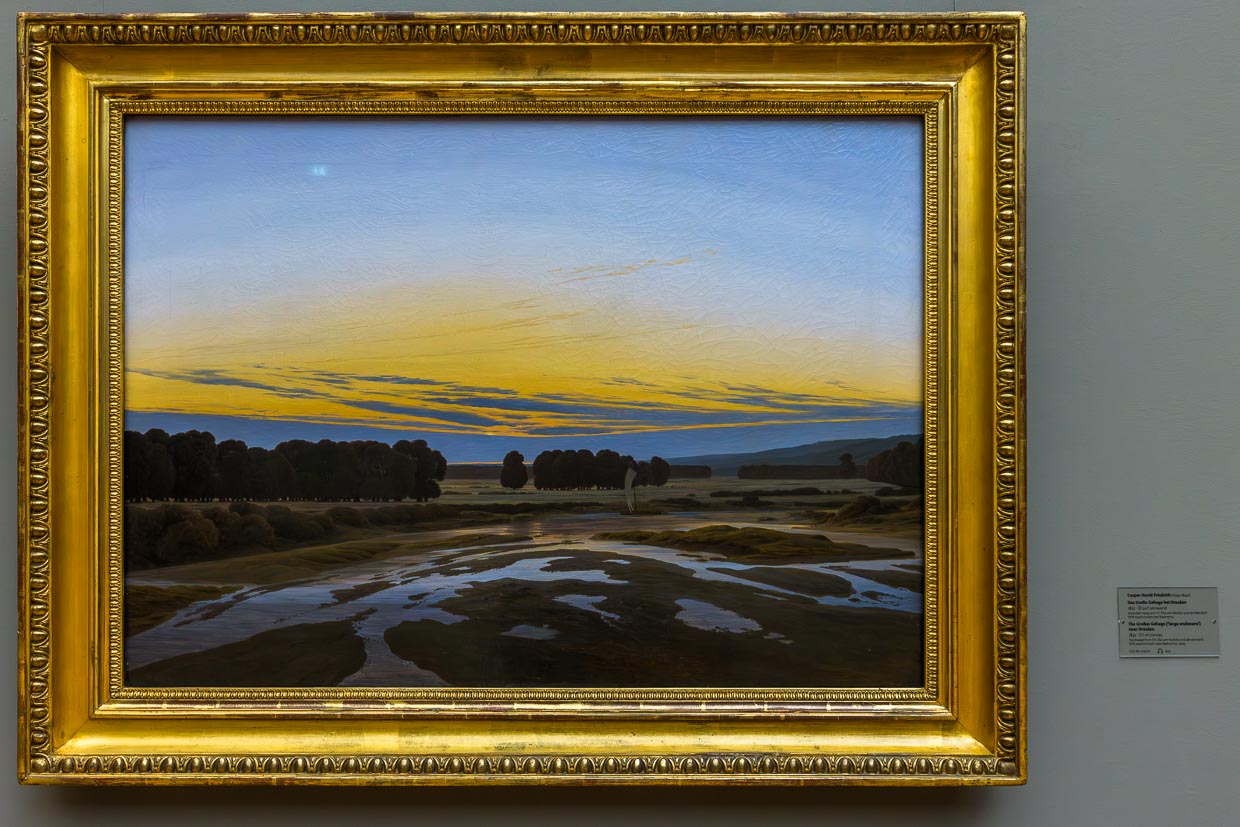
Almost an insider tip. Elias Cemetery in Dresden
In 1840, Caspar David Friedrich died in Dresden at the age of 65, almost completely paralyzed after two strokes. His grave is located in the Trinitatisffriedhof. It is to be redesigned for the anniversary year. This is also urgently necessary. So far, his grave looks like the way his life ended. Pathetic and forgotten. The far more interesting cemetery in relation to Caspar David Friedrich is the Eliasfriedhof. The painter’s extensive and well-preserved oeuvre includes 150 paintings, but also 1,000 drawings, watercolors, etchings and woodcuts. In the Elias Cemetery there are tombstones based on designs by Caspar David Friedrich. They are commissioned works that he had to accept as an artist who had gone out of fashion.
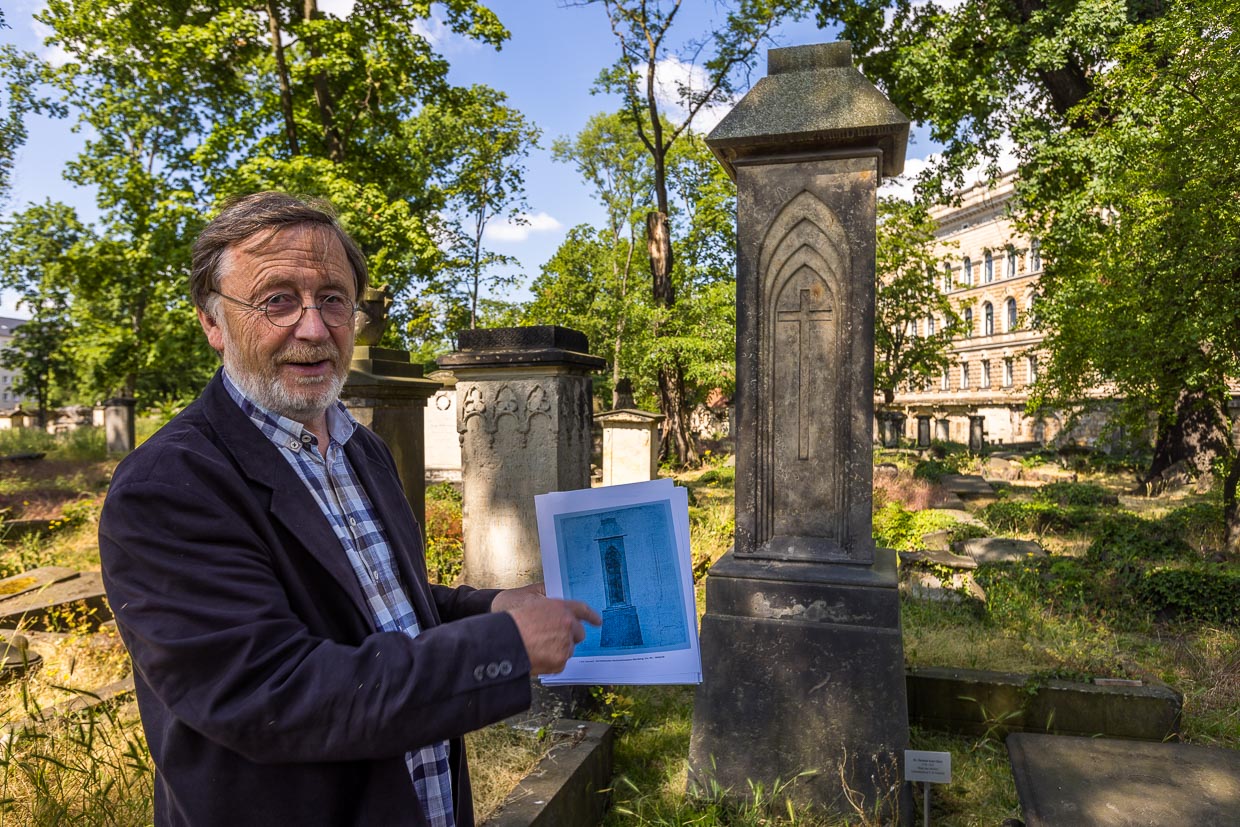
Time seems to have stood still at the Elias Cemetery in Dresden. Since the closure of the baroque Camposanto in 1876, hardly any changes have been made here. Gravestones in a great variety of forms tell of 200 years of history of the residential city of Dresden. The cemetery is not open to the public. However, the sponsoring association offers regular guided tours. A total of four gravestones based on designs by Caspar David Friedrich have been preserved here.
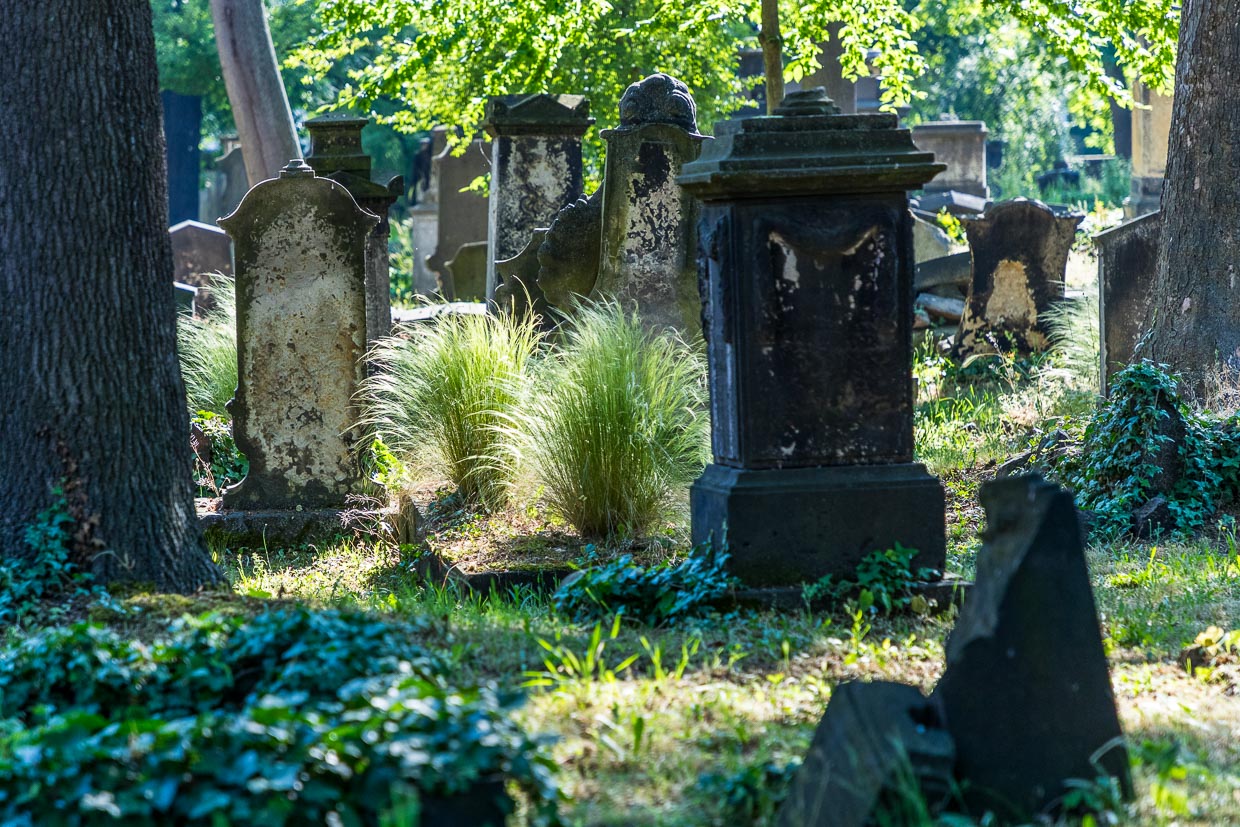
Albertinum and Museum of Prints and Drawings
In 2024, a festival year will be held throughout Germany in honor of Caspar David Friedrich. The cycle will span from the Hamburger Kunsthalle to the Nationalgalerie Berlin and the Staatliche Kunstsammlungen Dresden. This will be followed in 2025 by a major retrospective at the Metropolitan Museum in New York. The Albertinum owns numerous masterpieces by the Romantic artist, which have their place in the permanent exhibition. For the anniversary year, the paintings from the museum’s own collection will be examined in the restoration workshop to determine their condition. There will be no loans from the USA or museums in Germany and Europe. The effort would be too great, also in view of the transport costs and the ecological footprint. For the paintings, which are around 200 years old, every journey is a risk. Preserving the art for future generations takes precedence over the desire to put on a big show for a particular occasion.
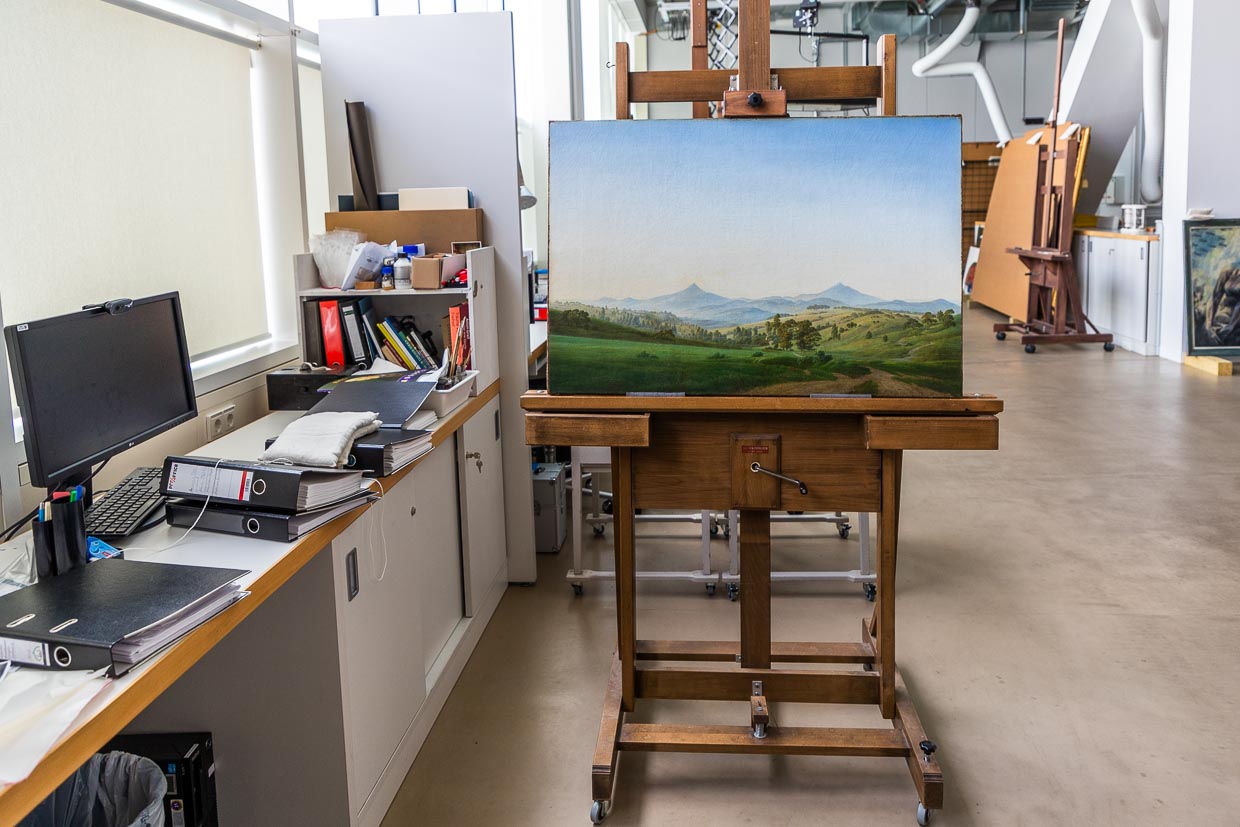
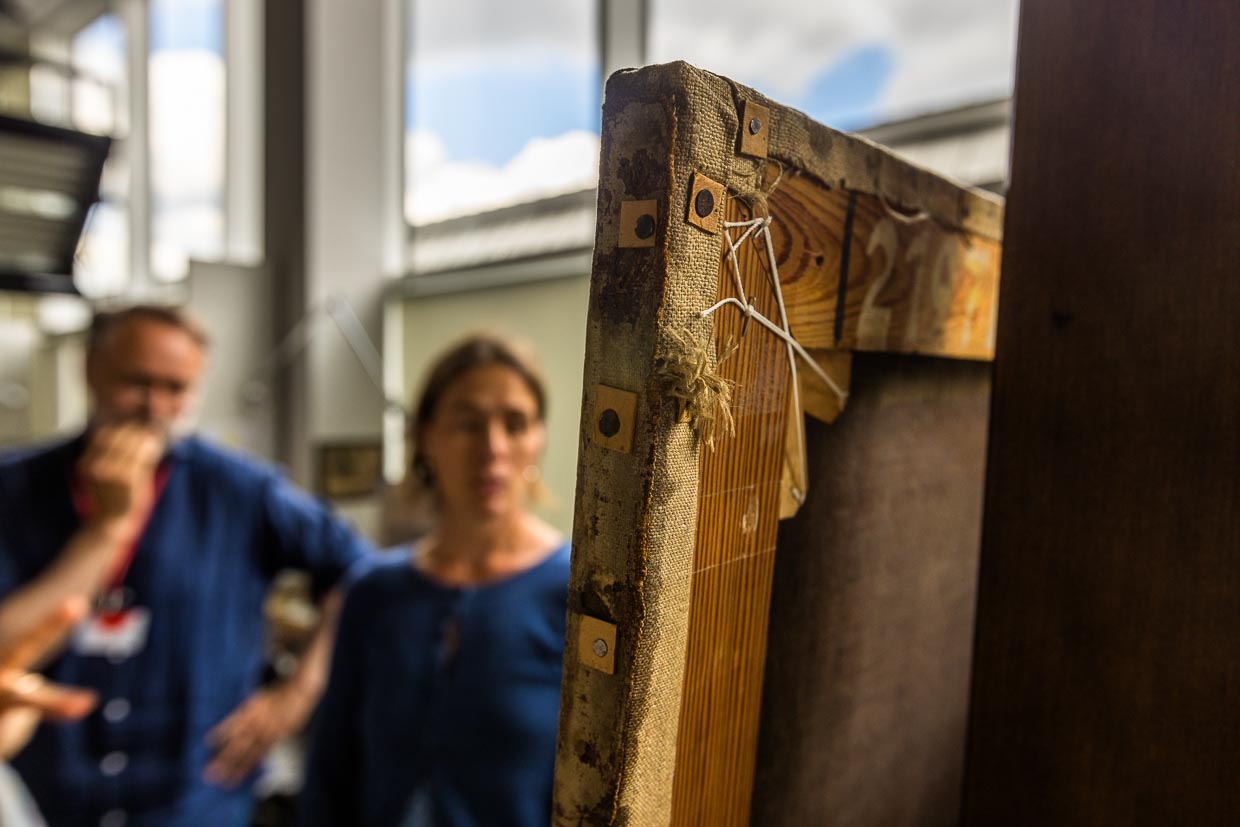
Sketches for the big picture
To get to the bottom of the very unique character of Friedrich’s paintings, a visit to the exhibition in the Kupferstich-Kabinett is also recommended in 2024. There, drawings and a sketchbook will be on display, which for conservation reasons can only be exposed to light for a limited time. The sketch is the part of Friedrich’s work that stands between the painting and the source of inspiration. Notes and marks on the sketches reveal much about his working method.
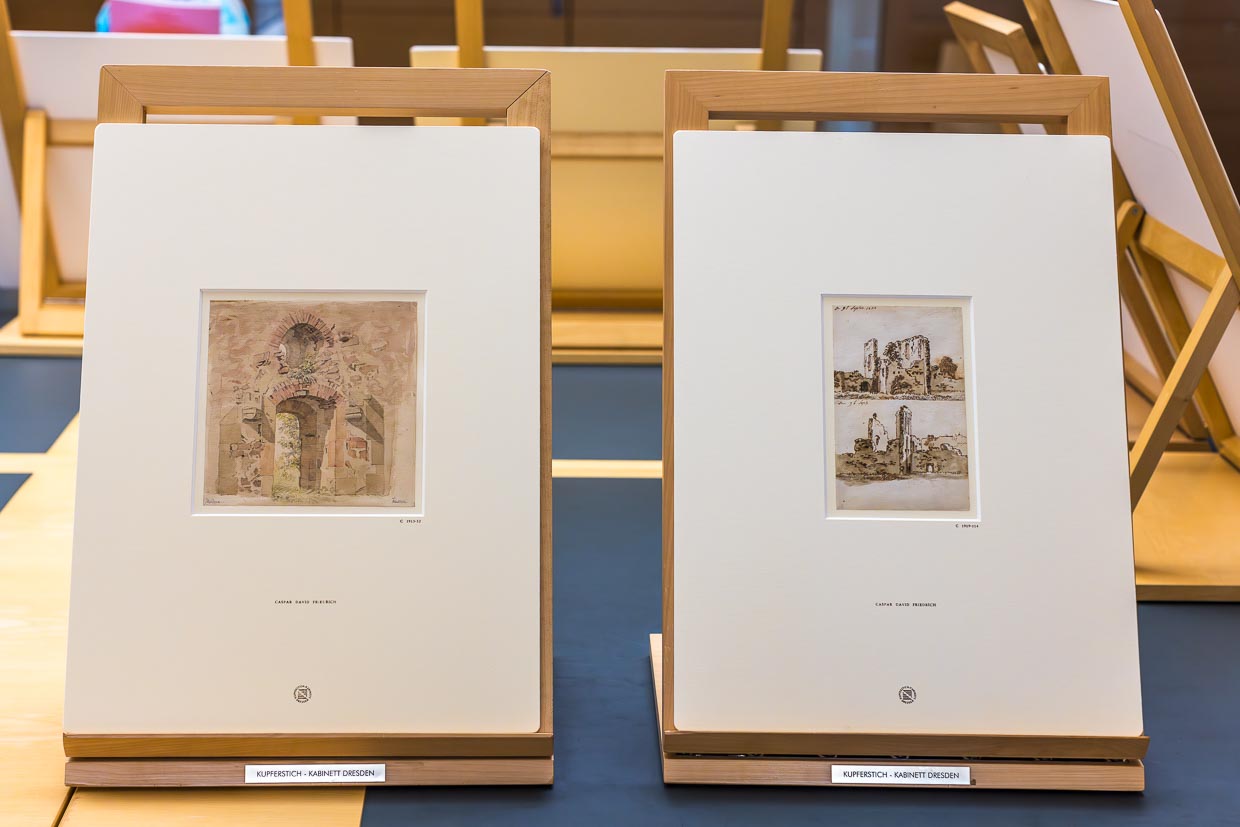
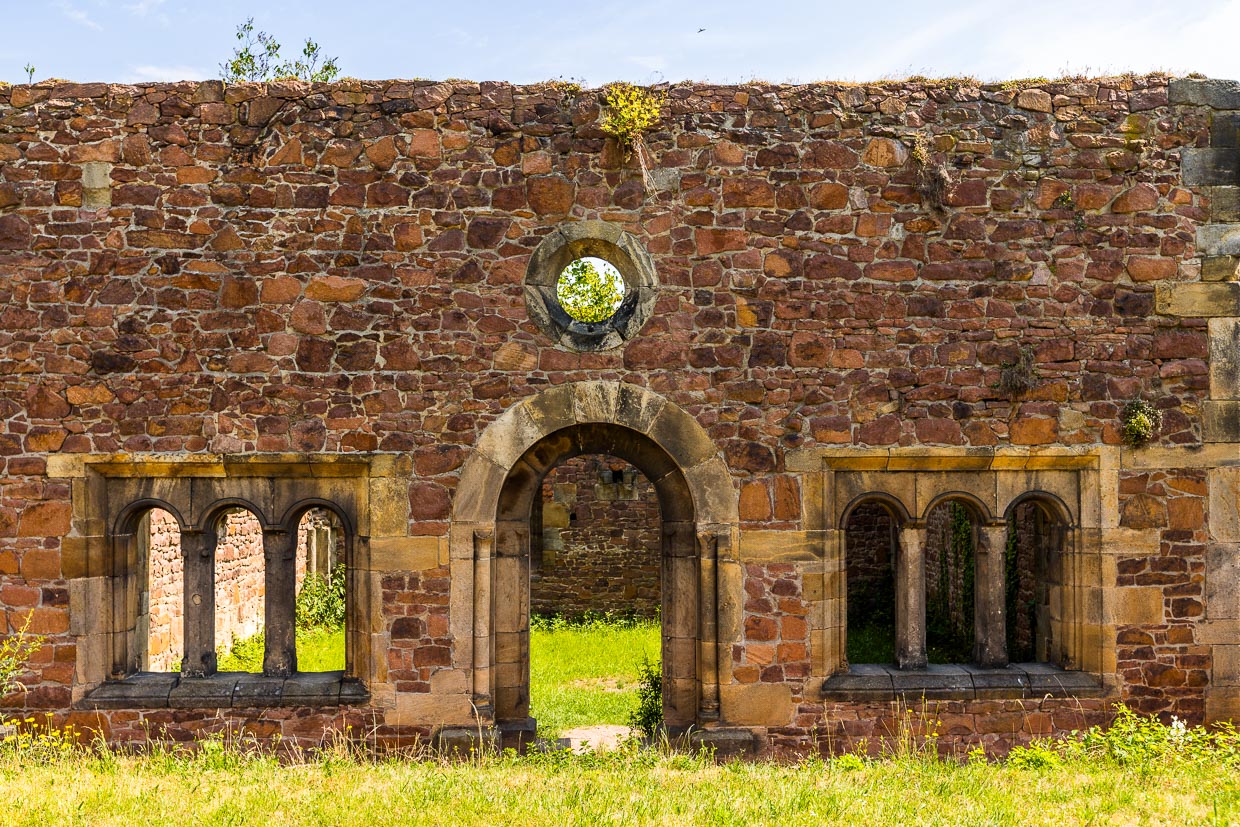
Is Romanticism really romantic?
Contrary to popular belief, the Romantic era was not romantic in the modern sense. The Romantics had a preference for the dark and abysmal, saw themselves in opposition to the bourgeoisie and liked to mock the bourgeois. Thus, romanticism derives from the novelistic and refers to an exaggerated mode of expression that appeals to the emotions. The landscape of the Elbe Sandstone Mountains offered Romantic painters an impressive natural backdrop: gloomy gorges and bizarre rock formations at sunrise and sunset, with wafts of mist and in the moonlight. All this can still be marveled at 200 years later. Unlike back then, with well-developed hiking trails, places to stop for refreshments and ferry connections across the Elbe.
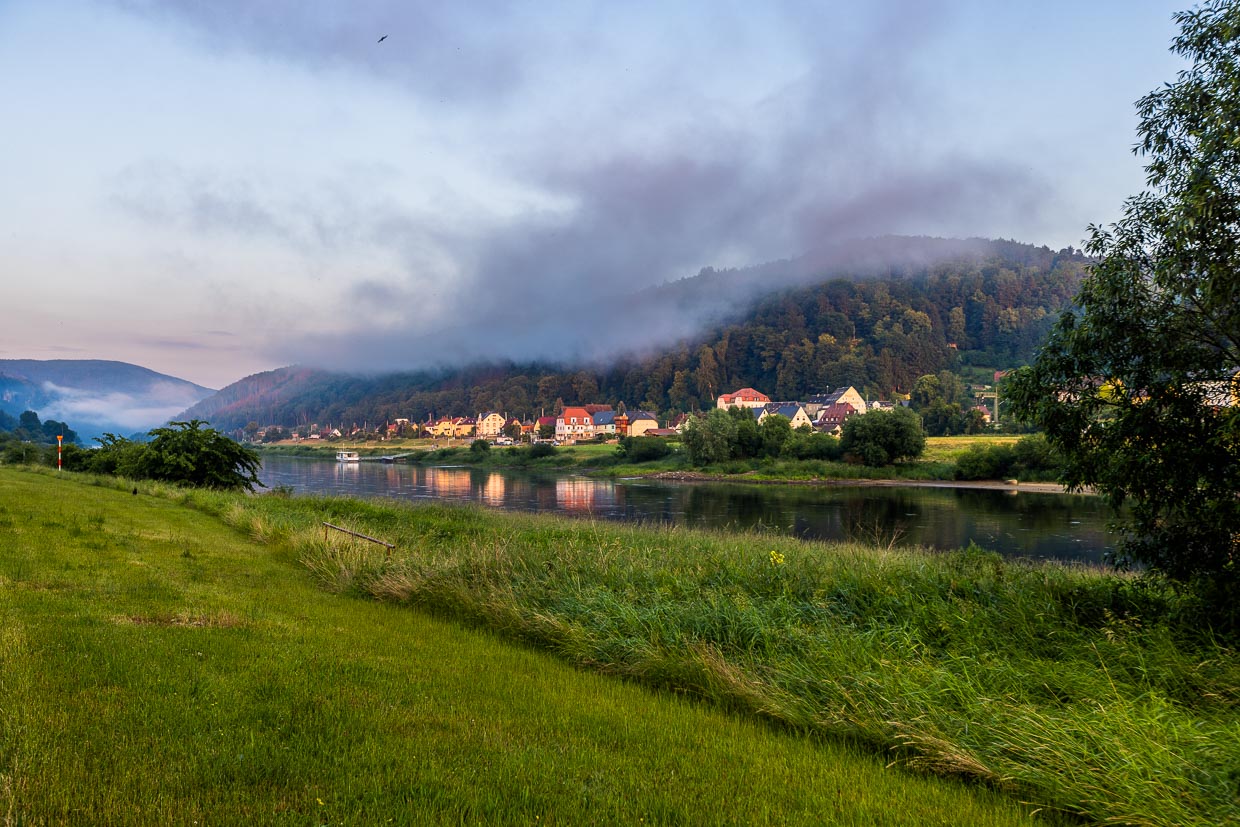
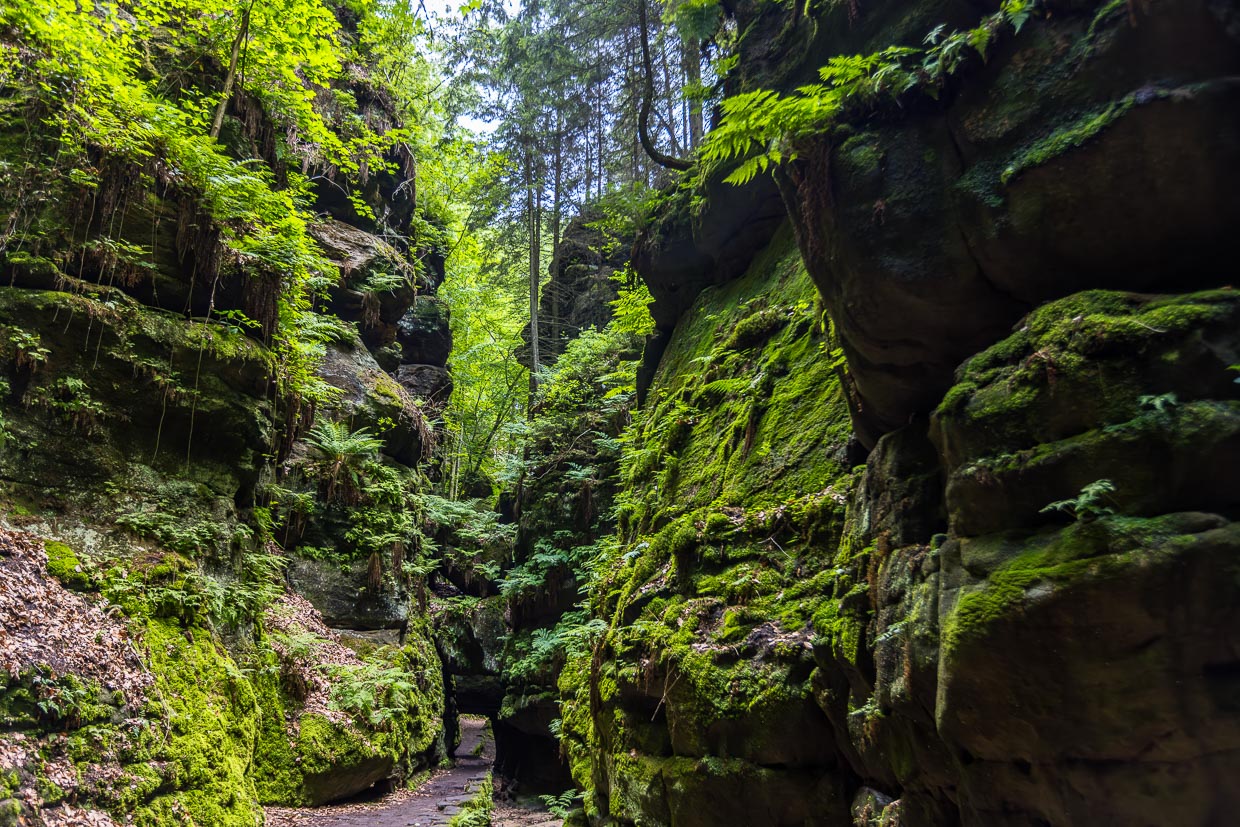
Painter’s Path and Caspar David Friedrich Path
Caspar David Friedrich traveled leisurely on foot. Carriage rides, it is said, were too fast for him. A slow traveler in a gray traveling coat, he could linger for hours in one place to make detailed sketches. Back in his sparse, north-facing studio, he pieced together his studies into landscapes. They could show vastness and look into the distance or depict darkness and abysses. So if you are a modern traveler and want to discover for yourself what still makes Caspar David Friedrich’s paintings so appealing today, there is plenty on offer in the year of his 250th birthday to pay attention, true to the painter’s motto, not only to “what he sees in front of him, but also to what he sees within him.”
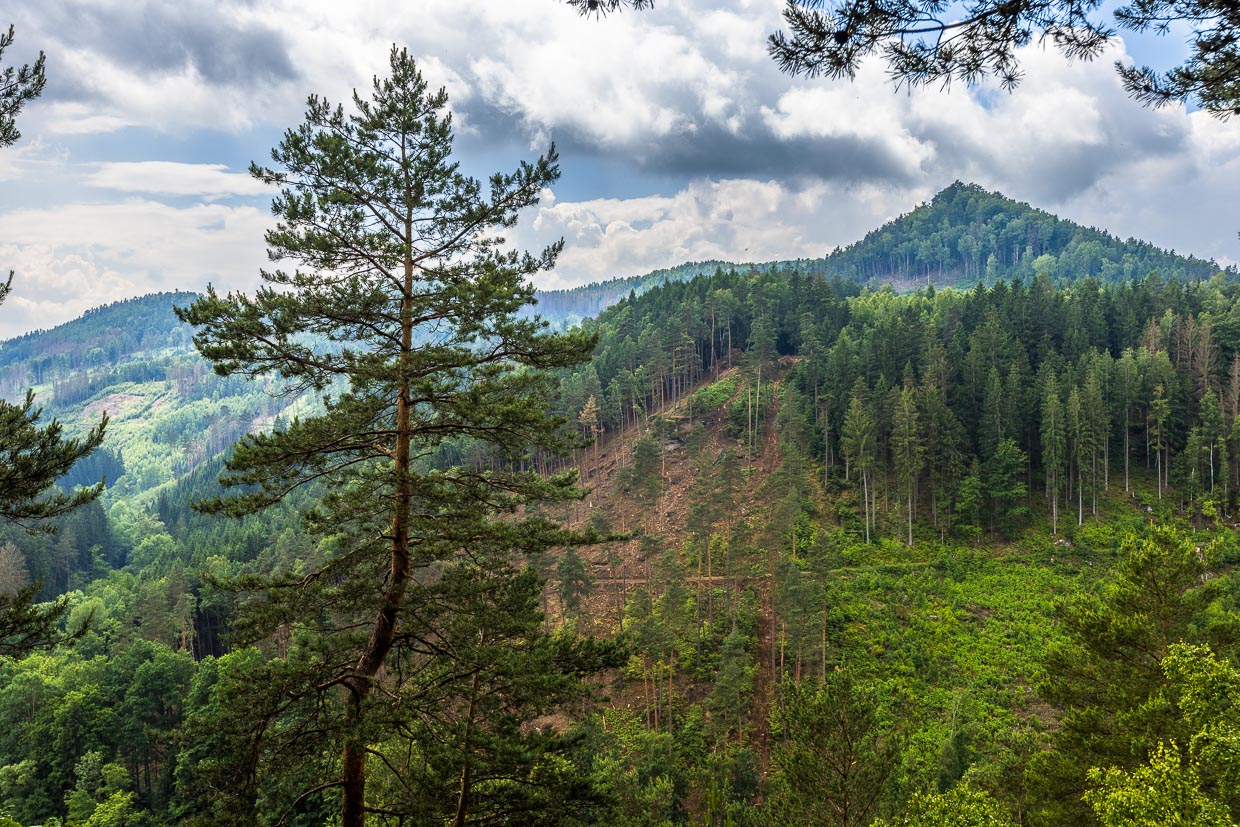
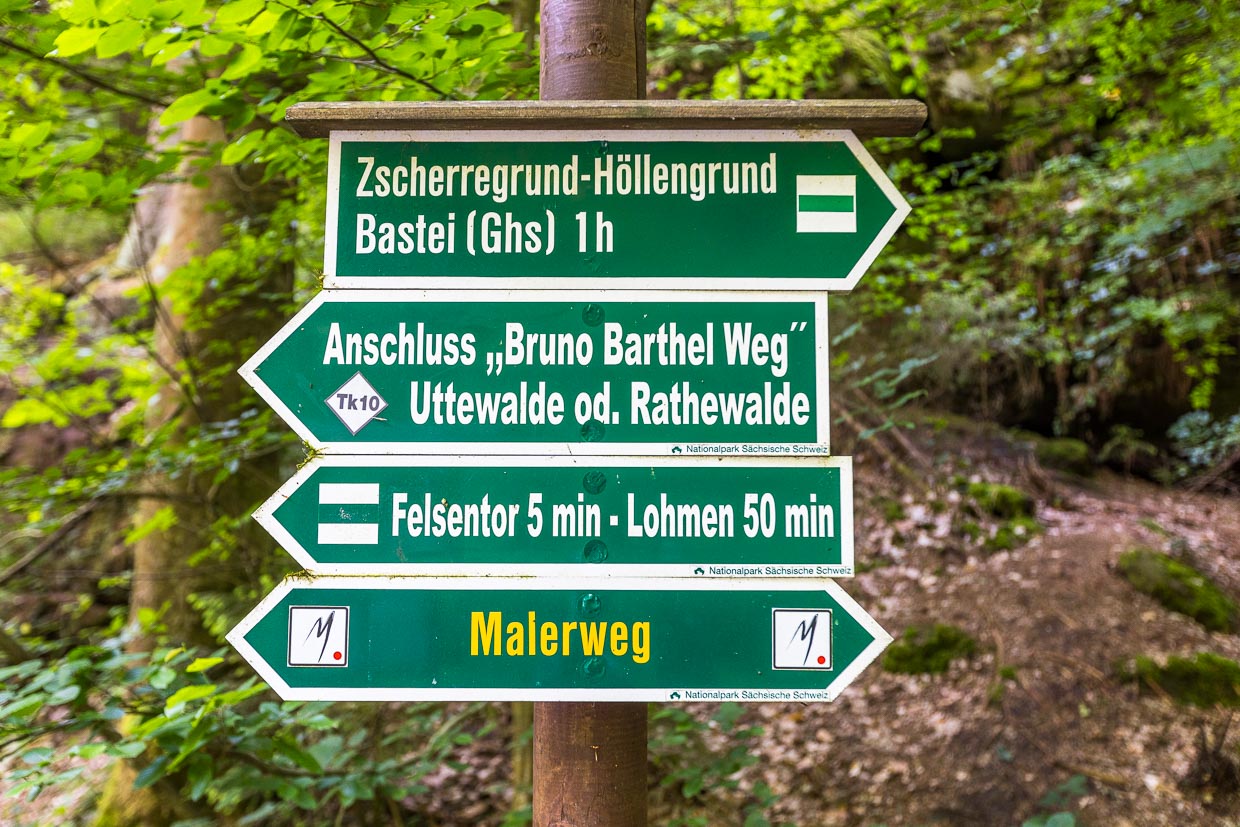
Highlights 2024 Caspar David Friedrich in Dresden
- Special exhibition Where it all began in the Albertinum from 24.8.2024 to 5.1.2025
- Special exhibition Where it all began in the Kupferstich-Kabinett, Residenzschloss from 24.8. to 17.11.2024
- Caspar David Friedrich Trail. Circular trail from Krippen along the Elbe via Kaiserkrone. Information boards point out motifs of the painter.
- Elias cemetery in Dresden. The Camposanto complex is not open to the public. Guided tours are organized by the Förderverein Eliasfriedhof
- Kügelgenhaus. Museum of Dresden Romanticism. An authentic place and meeting place of prominent artists of the Romantic period.
- Tour of the Altzella Monastery Park, a place of inspiration for Caspar David Friedrich
The research trip was supported on site by Tourismus Marketing Gesellschaft Sachsen.

